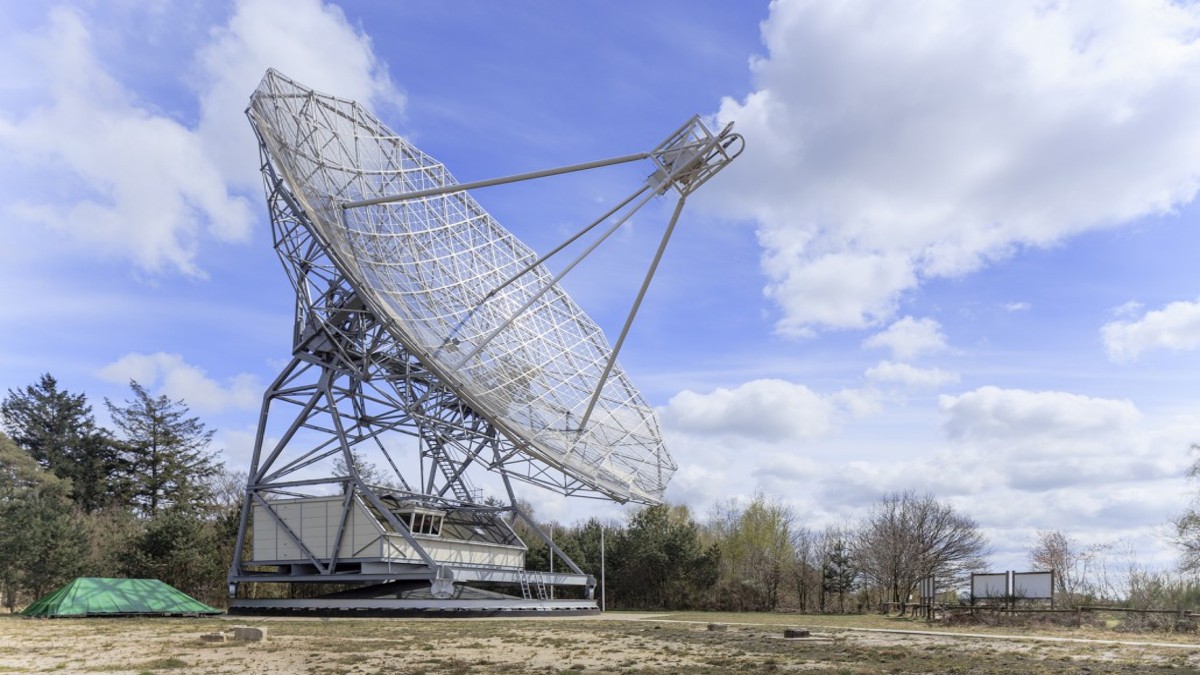
Amateur radio astronomers achieved a remarkable feat by successfully receiving signals from NASA's Voyager 1 spacecraft using the historic Dwingeloo radio telescope in the Netherlands.
The distant spacecraft, launched in 1977, is currently traveling through interstellar space at a staggering distance of nearly 25 billion kilometers from Earth - more than four times farther than Pluto. At this extreme distance, the radio signals take 23 hours to reach our planet, even while moving at the speed of light.
The team of HAM operators, organized under the Stichting Radiotelescoop Dwingeloo (CAMRAS), had to overcome several technical challenges to capture these incredibly faint transmissions. They mounted a specialized antenna on the 25-meter wide telescope to receive Voyager 1's 8.4 GHz telemetry signals, as the telescope was originally designed for lower frequencies.
To detect the weak carrier signal amid background noise, the operators used orbital predictions to account for the Doppler shift caused by the relative motion of Earth and Voyager 1. This careful calibration allowed them to observe the signal in real-time from the telescope's control room, with subsequent analysis confirming its authenticity.
While this achievement demonstrates the capabilities of amateur radio astronomers, the team notes they cannot establish two-way communication with Voyager 1. That responsibility remains with NASA's Deep Space Network, which uses specialized 70-meter dishes located in Goldstone, Canberra, and Madrid.
The Dwingeloo telescope, built in 1956 by ASTRON (Netherlands Institute for Radio Astronomy), now serves as a national monument operated by amateur astronomers. This successful detection adds another chapter to the telescope's rich scientific heritage.
This accomplishment places the Dwingeloo telescope among a select few facilities worldwide that have managed to receive signals from humanity's most distant spacecraft, marking a proud moment for the amateur radio astronomy community.